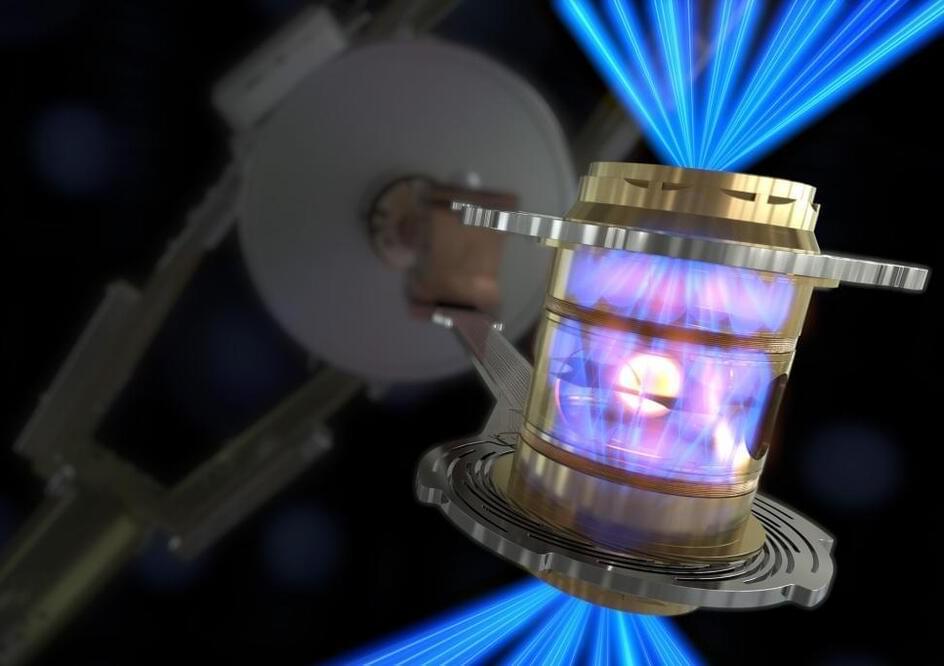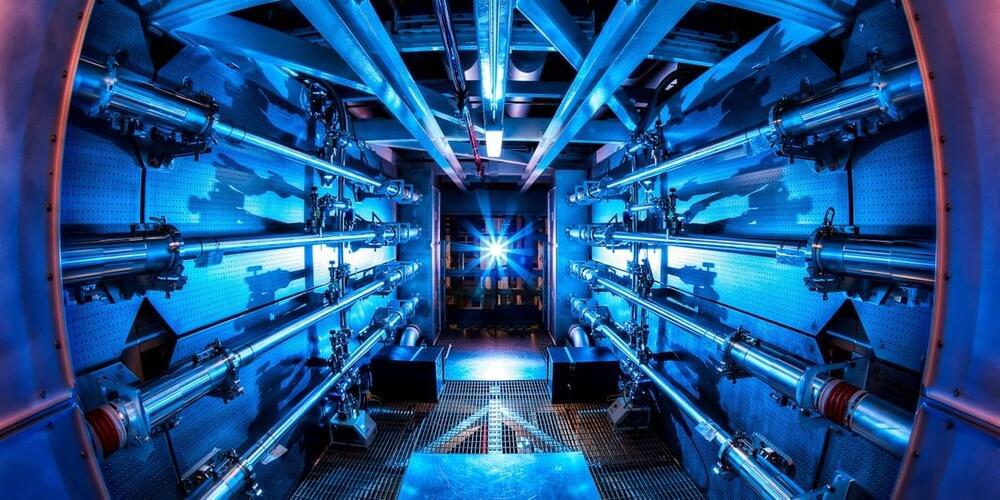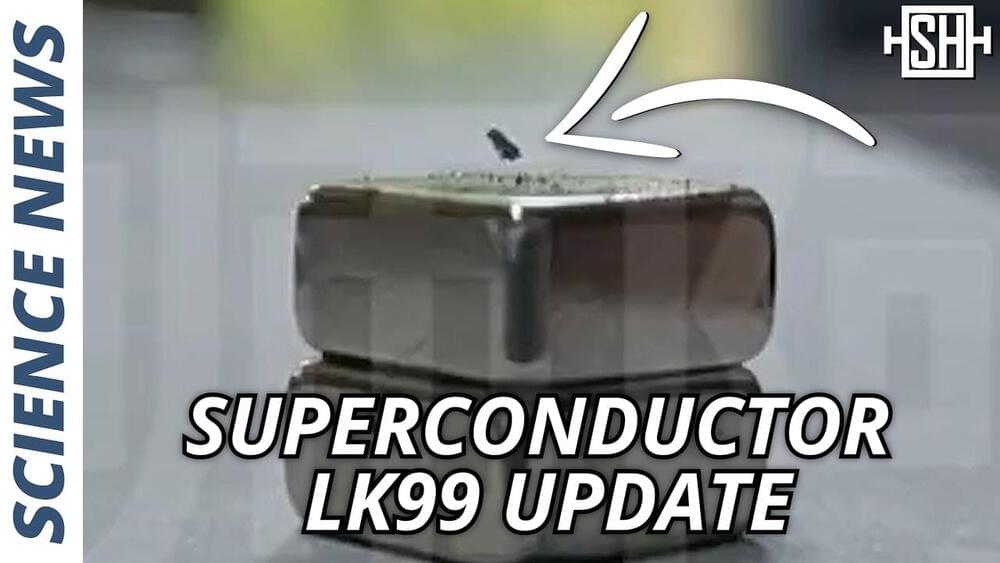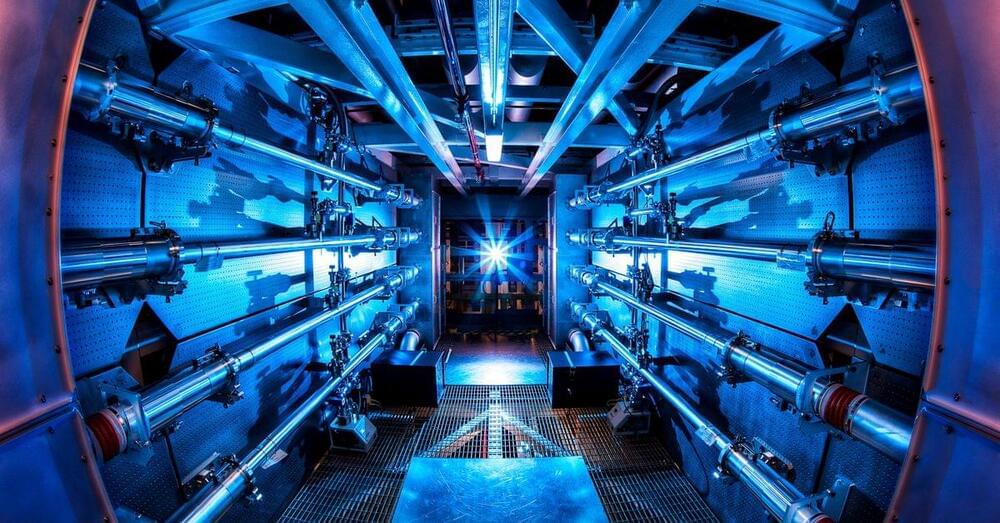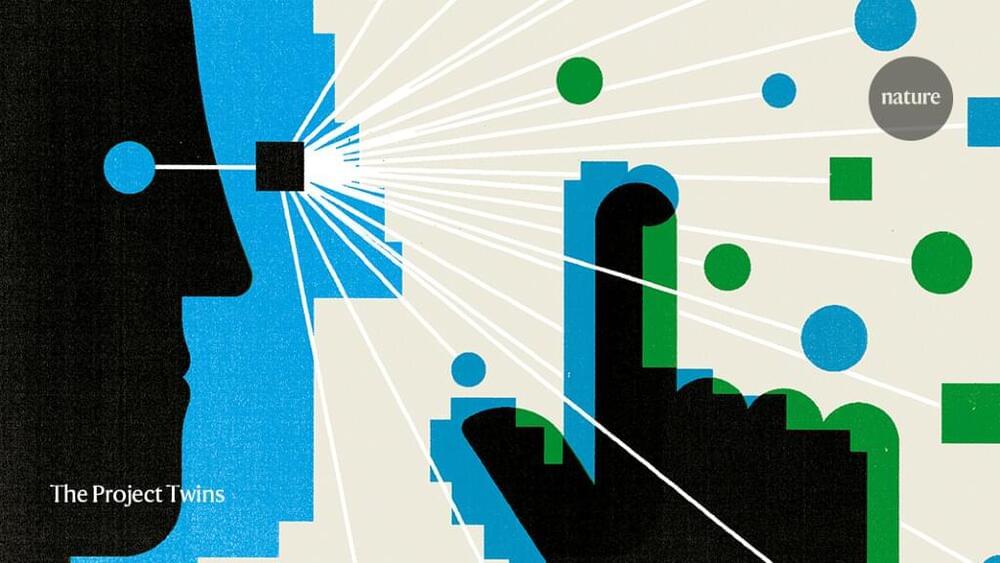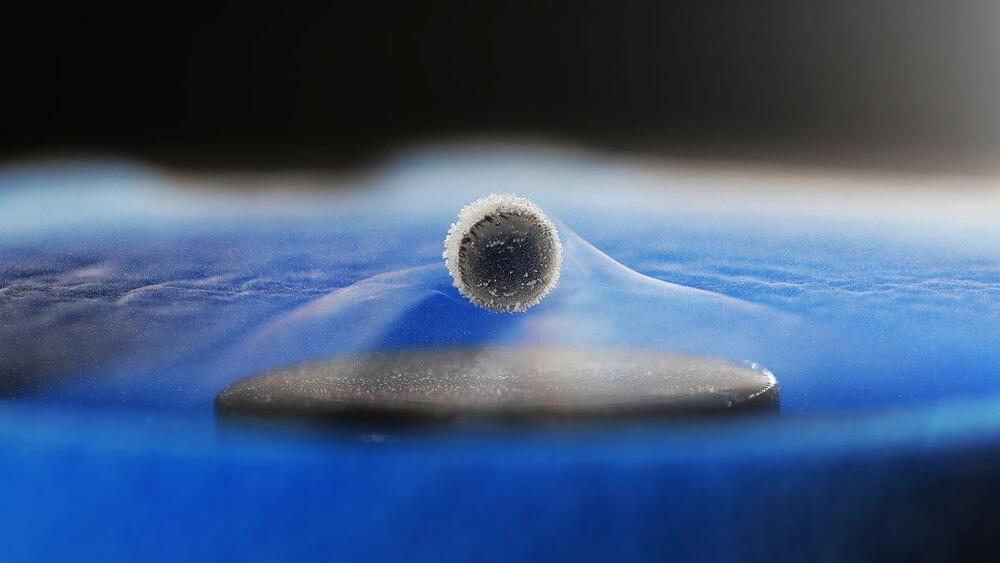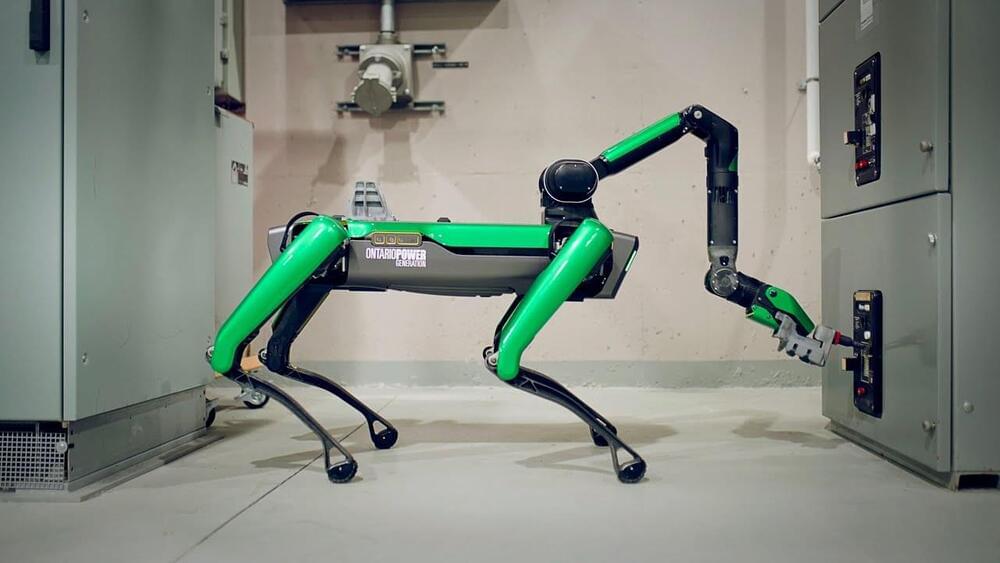Aug 12, 2023
Soap made from discarded plastics? This is upcycling at its best
Posted by Gemechu Taye in categories: chemistry, innovation
Scientists have developed a way to recycle plastic waste by transforming it into soap.
For the first time, researchers have used plastics to create soap. To achieve this goal, a team led by Virginia Tech scientists devised a novel approach.
As per the official release, this innovative method allowed them to upcycle plastics into chemicals known as surfactants, which are widely used in making soap and detergent.
Continue reading “Soap made from discarded plastics? This is upcycling at its best” »


